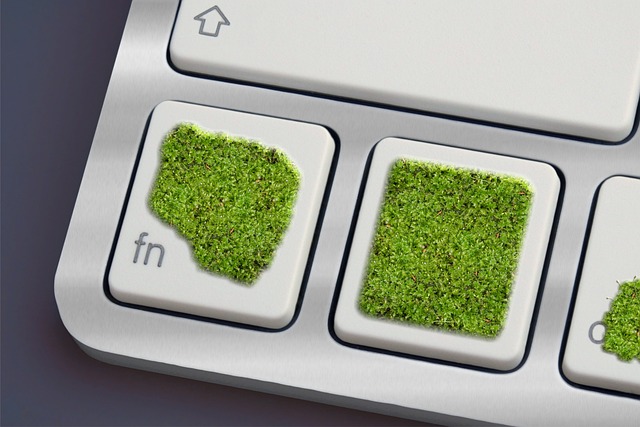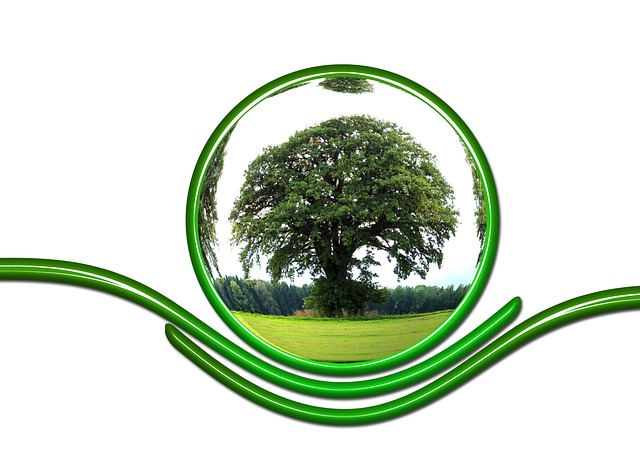Green buildings revolutionize the real estate industry by offering significant cost savings through energy-efficient design and government incentives. Eco-friendly features like natural lighting, insulation, solar panels, and smart technology reduce operational costs and property maintenance, attracting environmentally conscious tenants and investors. Embracing sustainable practices is a strategic must for long-term market viability, providing developers with a competitive edge in the climate-conscious real estate landscape.
In today’s eco-conscious and economically savvy real estate landscape, understanding the financial benefits of green buildings is paramount. This article delves into how adopting eco-friendly design principles can significantly reduce maintenance costs and minimize a property’s environmental footprint. We explore strategies like energy-efficient systems, sustainable materials, and smart technology that not only lower operational expenses but also offer long-term financial advantages for real estate investors.
Understanding Green Buildings' Financial Benefits

Green buildings, also known as sustainable or eco-friendly structures, are revolutionizing the real estate landscape. Beyond their environmental benefits, these buildings offer significant financial advantages that make them an increasingly attractive investment. One of the key financial perks is reduced operational costs. Green buildings often incorporate energy-efficient systems, natural lighting, and insulation, leading to lower utility bills for owners or tenants. These features not only cut expenses but also enhance the building’s value over time.
Additionally, many green buildings qualify for tax incentives and rebates from local, state, or national governments. These financial perks can offset initial construction costs and make green real estate a sound investment strategy. As environmental considerations continue to shape consumer preferences, understanding these financial benefits is crucial for anyone involved in the real estate market.
Eco-Friendly Design: Reducing Operational Costs

Eco-friendly design plays a pivotal role in reducing operational costs within the real estate sector. Buildings incorporating sustainable materials, efficient energy systems, and water conservation strategies demand less maintenance over time, thereby lowering operating expenses for property owners. For instance, the use of renewable energy sources like solar panels can significantly reduce electricity bills while promoting environmental stewardship.
Furthermore, smart engineering and technology integration enable real-time monitoring of energy usage, facilitating precise adjustments to optimize performance. This not only minimizes waste but also extends the lifespan of equipment by preventing excessive strain, ultimately contributing to lower maintenance costs. As the demand for eco-friendly real estate grows, investors and developers are increasingly recognizing these design principles as a means to enhance property value while fostering a sustainable future.
Minimizing Environmental Impact: A Long-Term Strategy

In the realm of real estate, minimizing environmental impact isn’t just a trend but a strategic necessity for long-term sustainability. By adopting eco-friendly practices, developers and property managers can significantly reduce their carbon footprint and operational costs. This approach involves using energy-efficient appliances, renewable energy sources like solar panels, and implementing water conservation measures. These strategies not only cut maintenance expenses over time but also attract environmentally conscious tenants and investors.
Furthermore, integrating green building materials and designs can enhance a property’s value while promoting a healthier living environment. As the world becomes increasingly aware of climate change, real estate professionals who prioritize ecological responsibility stand to gain a competitive edge. Investing in long-term environmental strategies is a proactive step towards ensuring the well-being of both the planet and future generations of residents.






